The Kick-Off Meeting of the European H2020 project AVIATOR took place on July 2nd and 3rd in the European coordinator facilities, INTA (Madrid, Spain).
After the welcoming of Victor Archilla (INTA, Instituto Nacional de Técnica Aeroespacial), project leader, and David Raper (MMU, Manchester Metropolitan University), work-packages coordinator, WP leaders showed their contribution to the rest of the partners.
Mark Johnson (RR, Rolls-Royce), WP2 leader, exposed the objectives and the ways of measuring emissions at INTA’s test-cell in the engine exhaust plane and downstream in the stack. Andrew Crayford (CU, Cardiff University), introduced WP3, based on on-wing engine exit and downstream, as well as APU, measurements in the facilities of the Spanish airline IBERIA. Closing the sampling campaigns topic, Paul Williams (UoM, University of Manchester) with Silvia López (RAMEM), explained the design of the low-cost sensor nodes to be developed and installed in three different airports for air quality measurements.
Emmanuel Montreuil (ONERA) opened the modelling topic, focusing his explanations on plume microphysics, chemistry and dynamics modelling (WP5). Following him, Ulf Janicke (JC, Ingenieurburo Janicke GBR) explained the WP6 about pollutant modelling and transport in and around airports taking into account WP4 and WP5 data. Bethan Owen (MMU, Manchester Metropolitan University) and David Raper finished the presentations with WP7 and WP8, respectively. WP7 based on how the previous technical outcomes will provide guidance and inputs for the policy and regulatory community. On the other hand, David Raper introduced the AVIATOR commitment of disseminate and communicate its outcomes to the widest possible audience.
July 3rd was focused on parallel sessions where partners discussed deeply about their work plans. First group, led by Mark Johnson (RR; WP2) and Andrew Crayford (CU; WP3), talked about the sampling systems which will be apply in every measurement campaign. A second group, led by Paul Williams (UoM; WP4), was discussing about the sensor nodes development in order to agree with the devices to employ for data analysis and the design of such sensor nodes. Modelling groups, led by Emmanuel Montreuil (ONERA; WP5) and Ulf Janicke (JC; WP6), were focused on design a better software for the development of simulations that could enhanced the aircraft plume measurements.
Ending the conference, the European coordinator, INTA, showed the financial management and their devices in order to manage the whole project the following years.
Decisions arranged during this KOM have assured the beginning of this 36-months-length project.
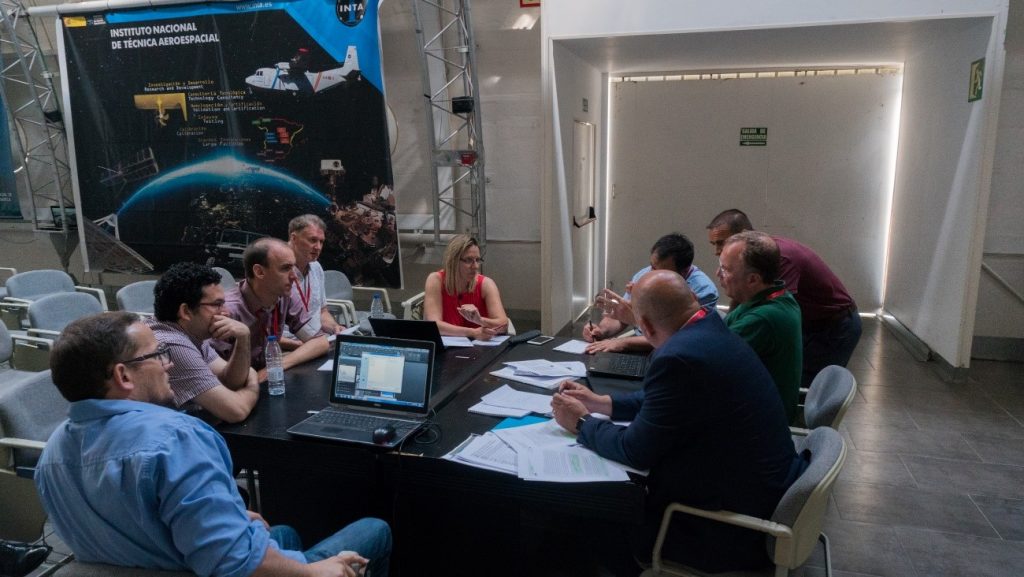
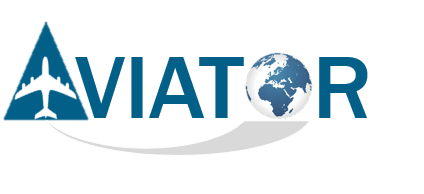
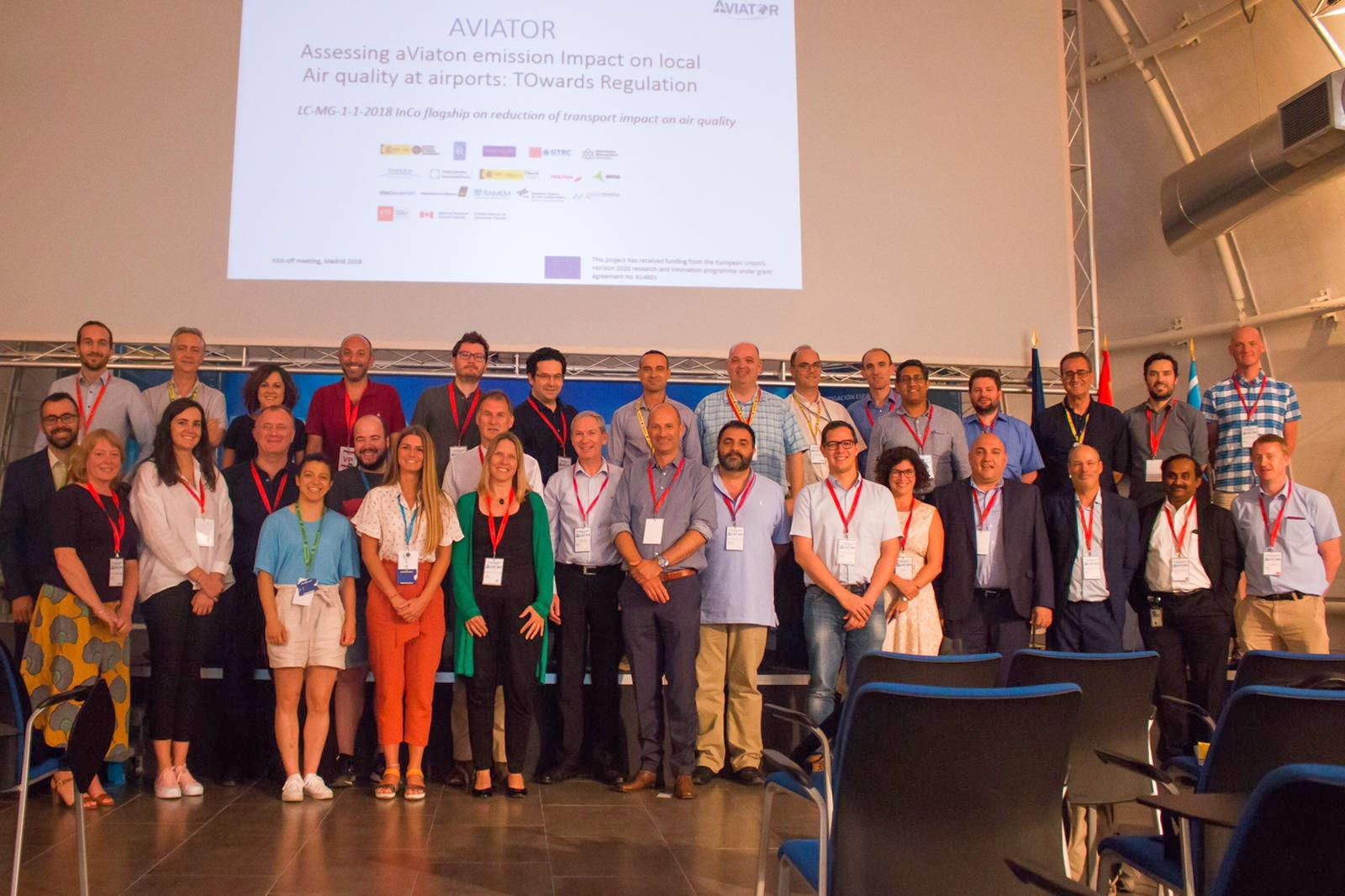
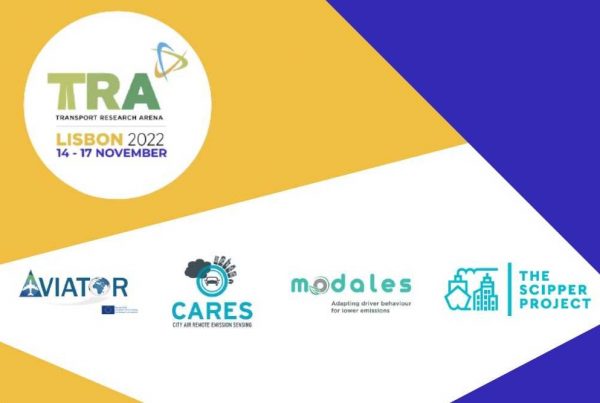
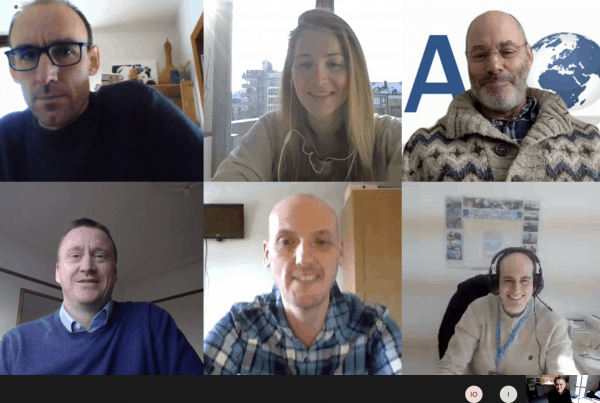
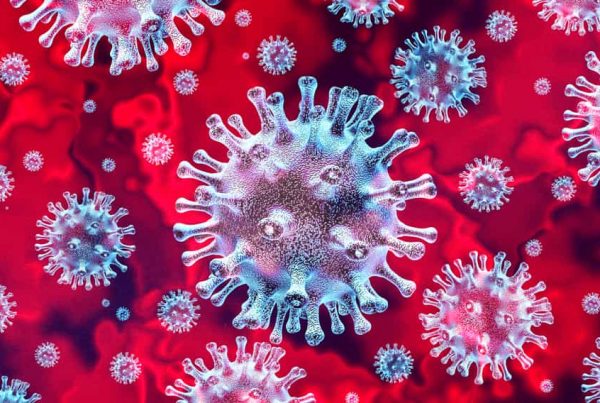
 This project has received funding from the European Union’s Horizon 2020 research and innovation programme under Grant Agreement No 814801
This project has received funding from the European Union’s Horizon 2020 research and innovation programme under Grant Agreement No 814801
